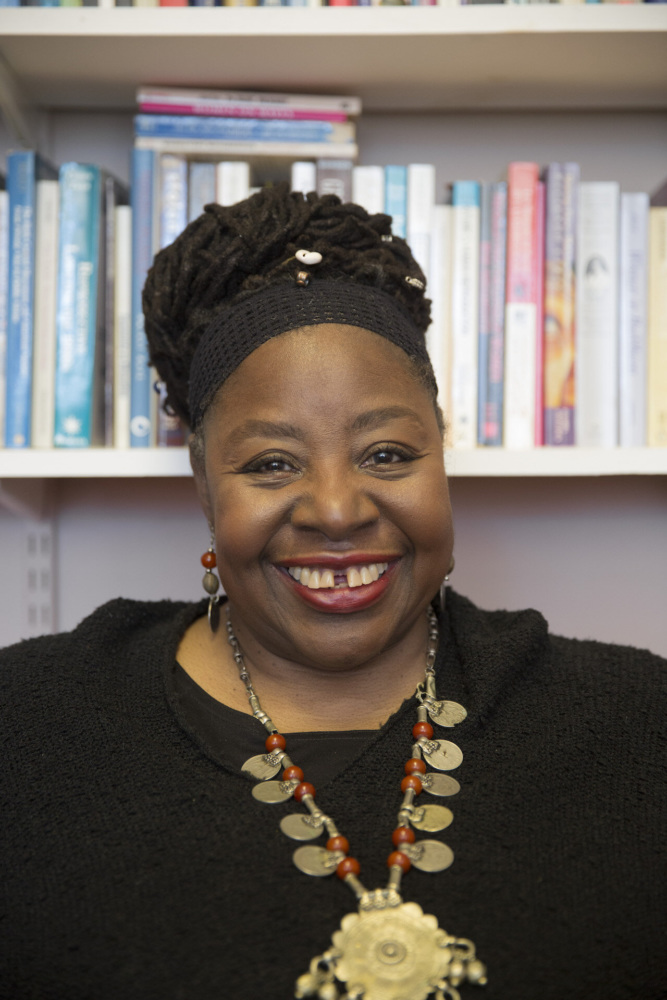
There is no such thing as a single-issue struggle because we do not live single-issue lives.Audre Lorde, civil rights activist
Photo courtesy of Getty Images
Black, Indigenous, transgender, and gender-expansive people have a long history of fighting for reproductive justice. While the term “reproductive justice” was coined by Women of African Descent for Reproductive Justice who gathered in Chicago in June 1994, the framework is rooted in the history of the Combahee River Collective and Black feminism, going back to the 1970s.
There is no such thing as a single-issue struggle because we do not live single-issue lives.Audre Lorde, civil rights activist
Photo courtesy of Getty Images
The Reproductive Justice movement addresses the full spectrum of reproductive issues that impact people’s lives.
This includes the right to:
Reproductive justice uses grassroots organizing, voter engagement, and community-based models to affect policy and systems change.
What is reproductive justice? The right to have a child, the right to not have a child, and the right to raise your children. Everyone should have that. It's not that hard to explain — it's just hard as hell to achieve.Loretta Ross, co-founder of SisterSong Women of Color Reproductive Justice Collective
Photo courtesy of Loretta Ross
